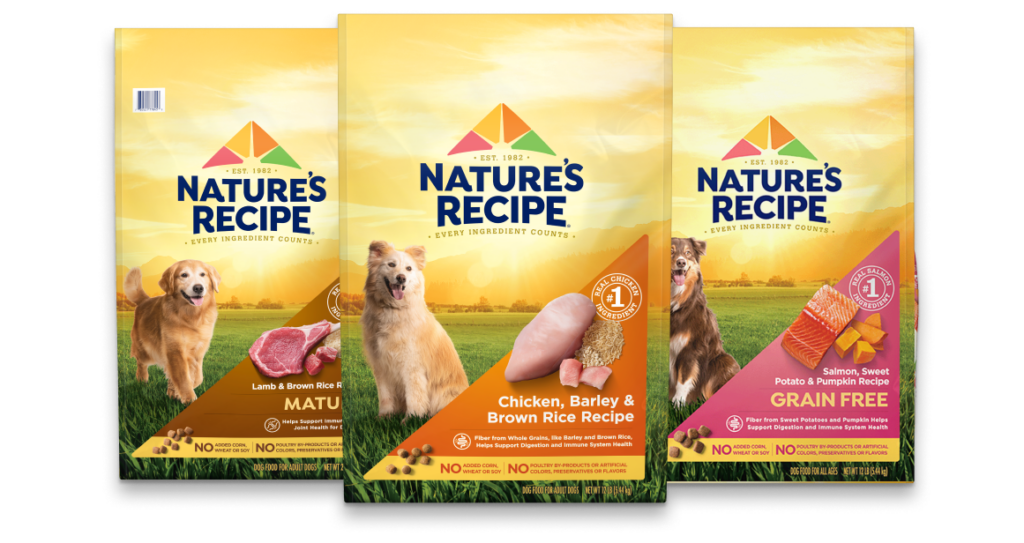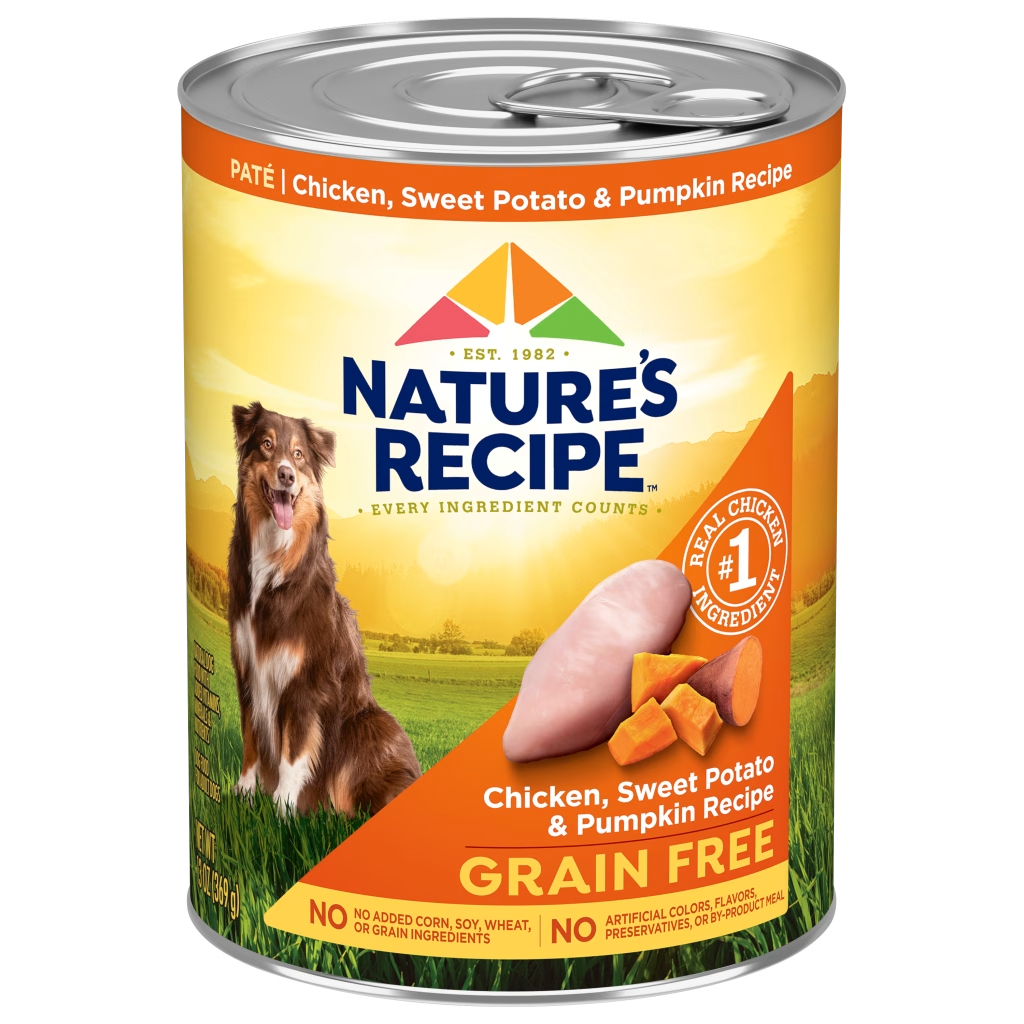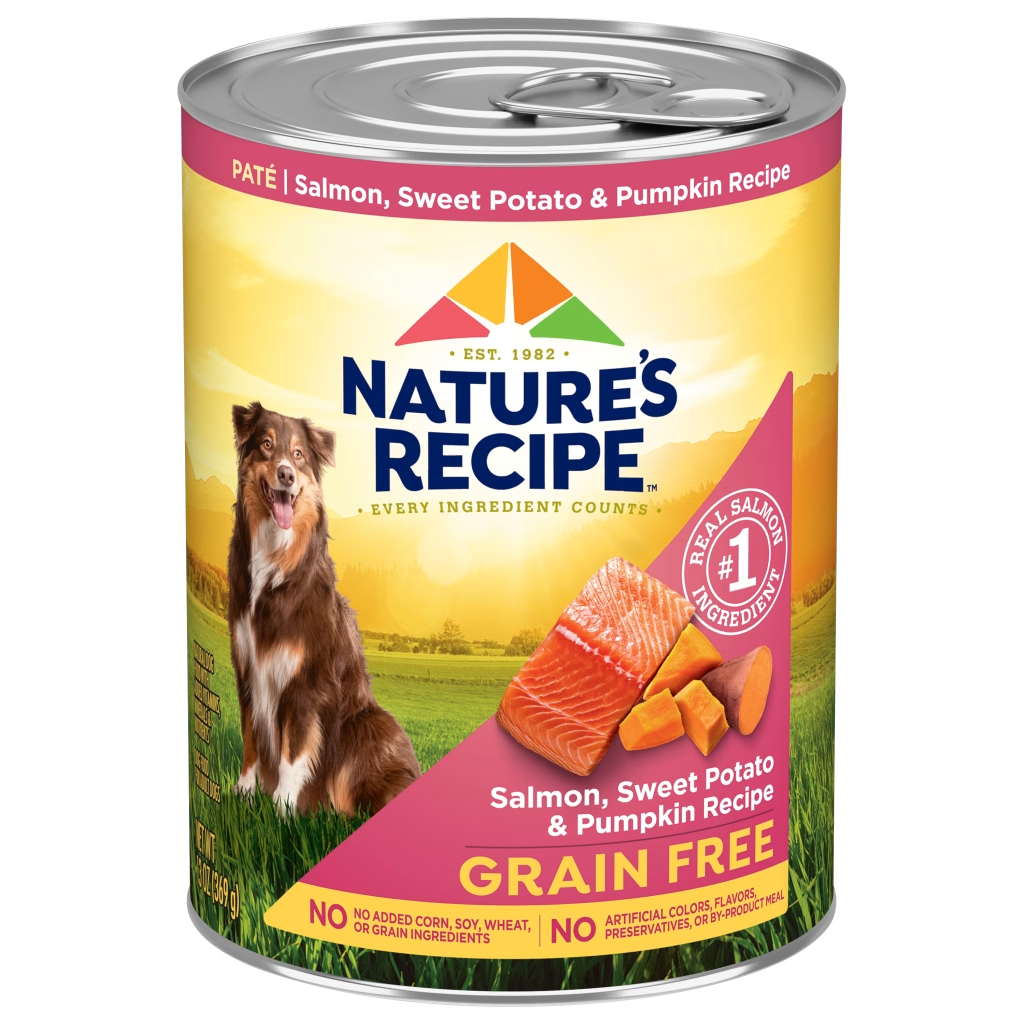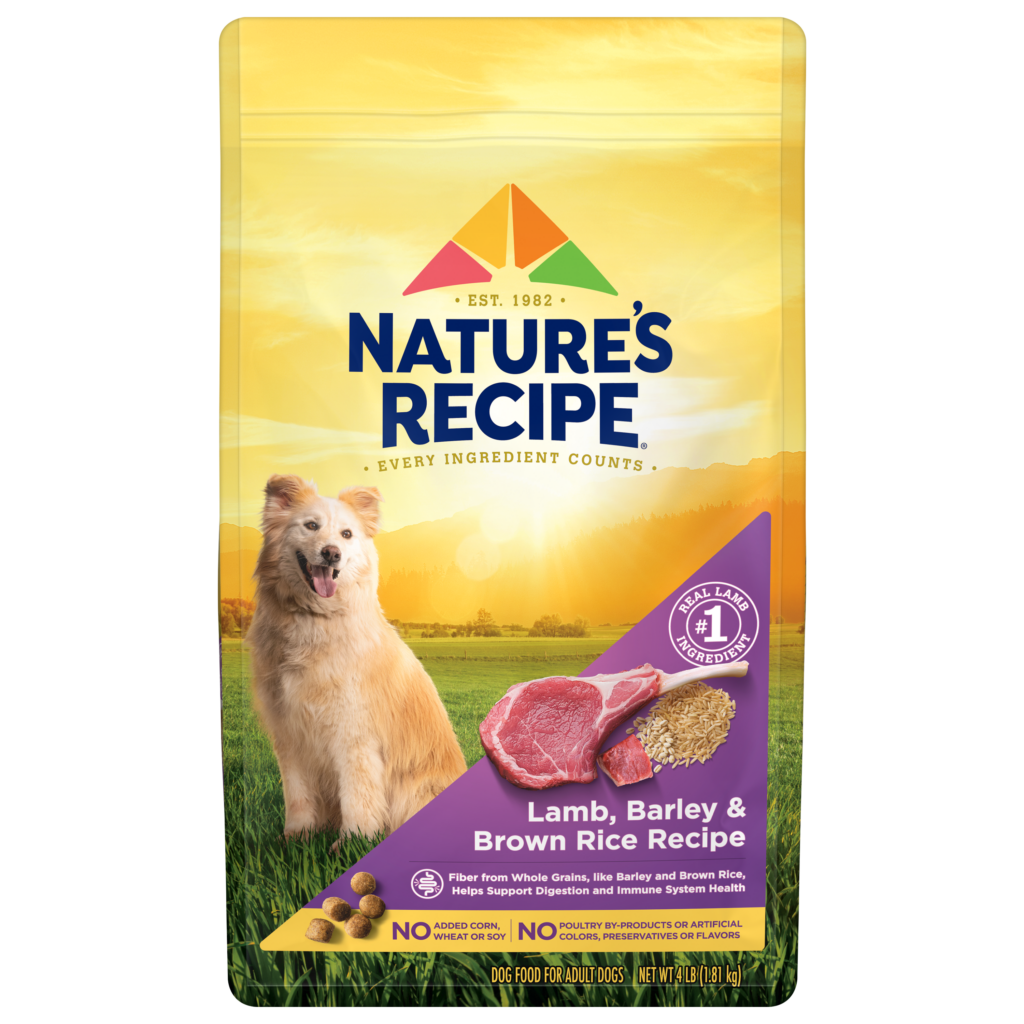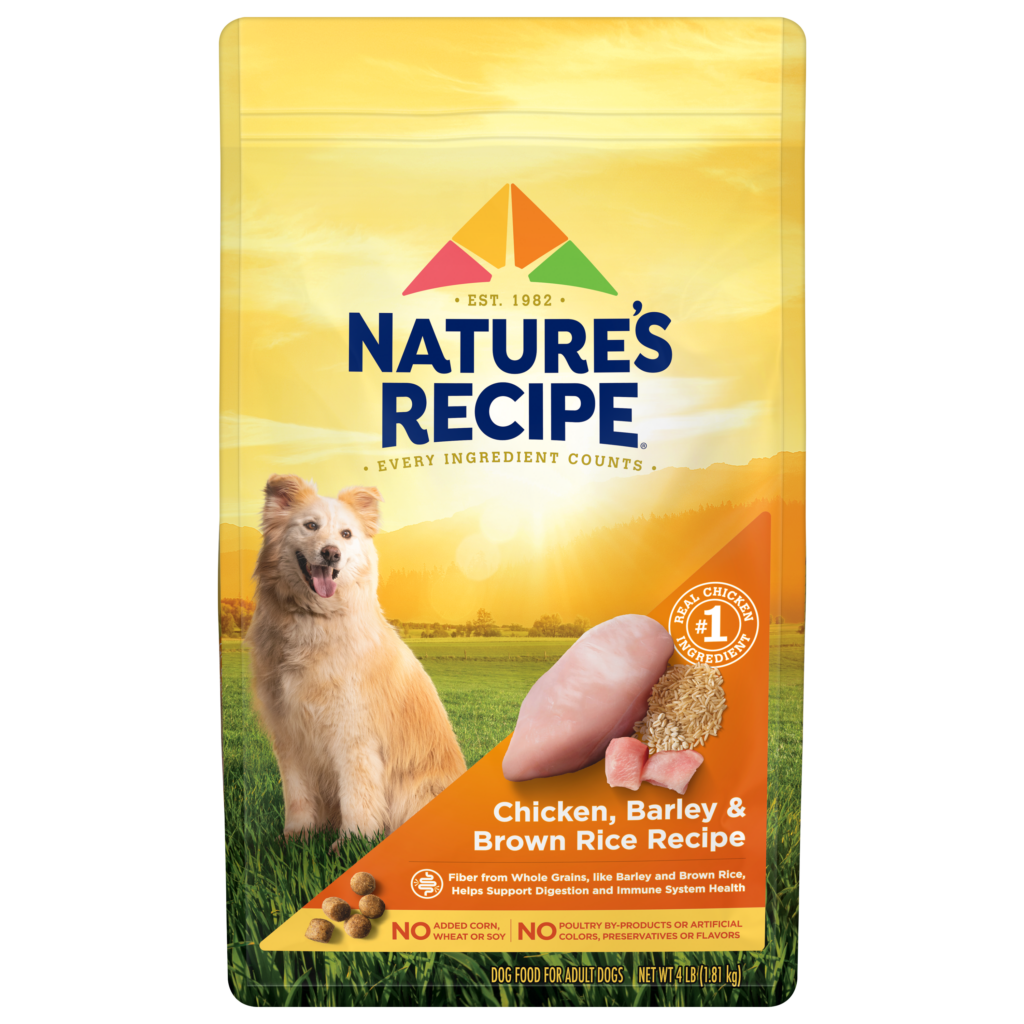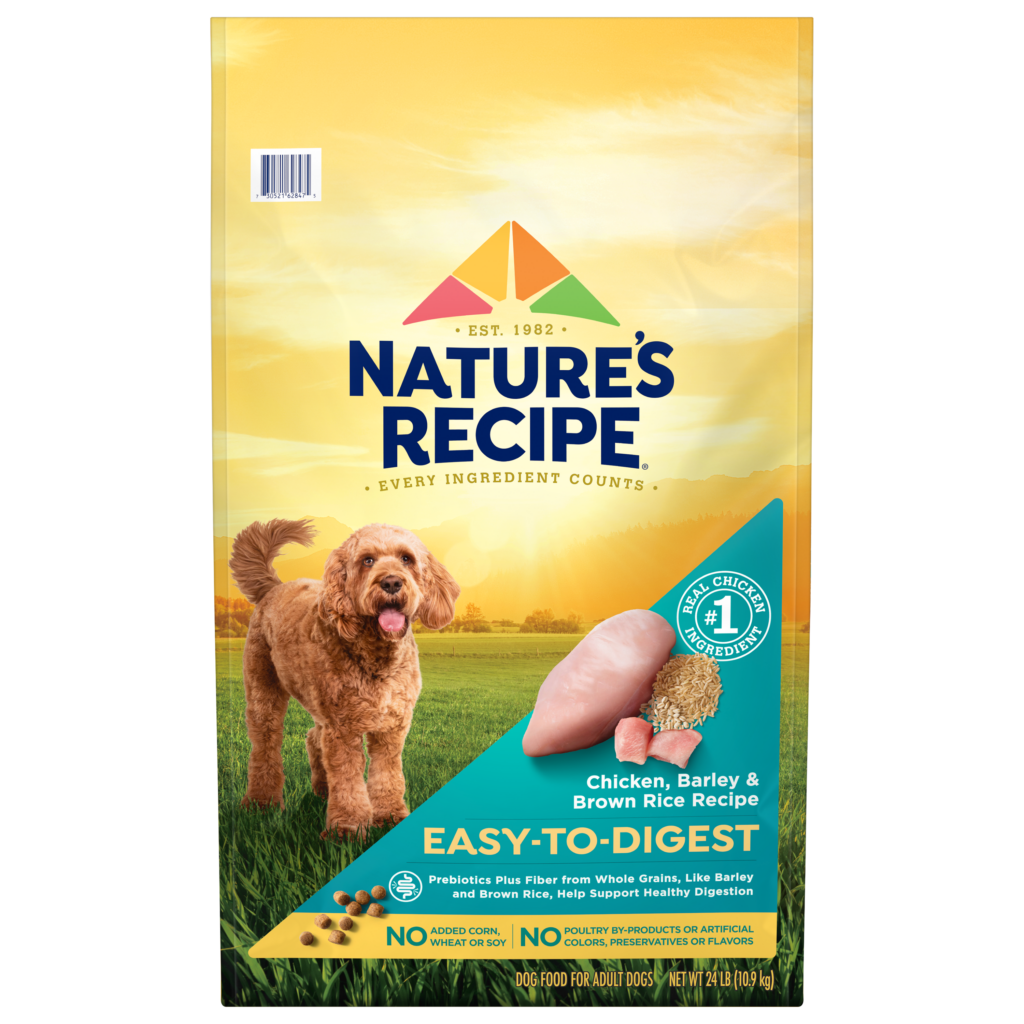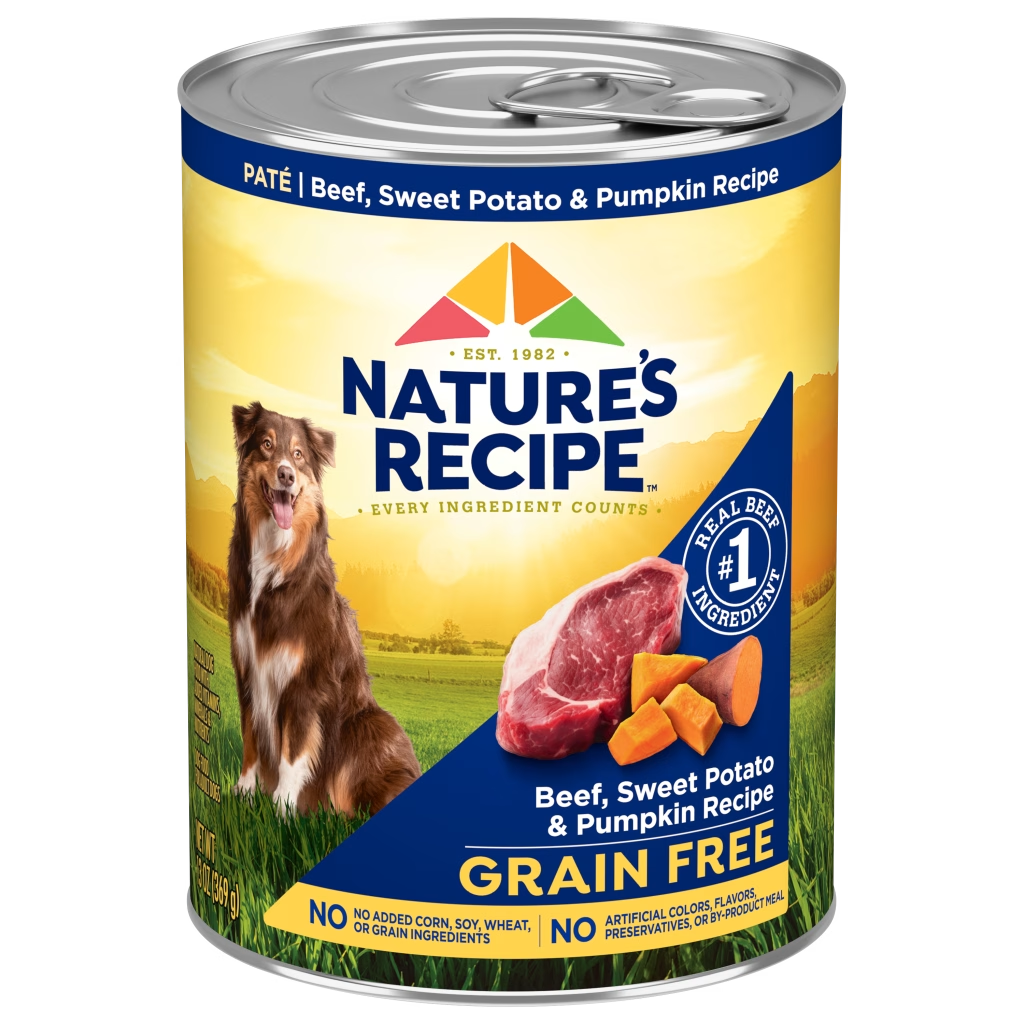
Recommended Recipes for Medium Sized Adult Dogs
Help keep your medium sized dog happy and healthy with any of the following recipes.
Filters
What Weight Qualifies as Medium?
As you might expect, the exact definition of ′′medium′′ varies, depending on who you ask. But across the board, the weight range is wide.
For the purpose of recommending dog food for medium dogs, we consider this category to include dogs that weigh anywhere from 25 to 49 pounds as healthy adults.
Examples of Medium Sized Dog Breeds
A wide variety of dogs can be considered medium sized, including countless mixed breeds. Well-known examples of medium sized breeds include border collies, bulldogs, cocker spaniels, keeshonds and Icelandic sheepdogs, among others.
Nutritional Needs of Full-Grown Medium Sized Dogs
While (much like humans) no two dogs are exactly the same, all adult dogs need the same basic kinds of nutrients, as explained below. Certain other nutrients are only needed at a particular life stage, or to address special individual needs. Toy, small or large breed dogs may also benefit from tweaks to the amounts of specific essential nutrients. But on average, across the range of adult dogs considered ′′medium sized,′′ the required nutrient ratios are generally the same.
The Basics
For starters, any dog food should feature the minimum amounts of essential nutrients recommended by the Association of American Feed Control Officials (AAFCO). That includes a balance of specific proteins, fats, vitamins and minerals.
If a recipe provides 100% complete and balanced nutrition for adult dogs according to AAFCO standards, that means your adult dog can eat that same food and nothing else every day, and his or her basic nutritional needs will be met.
But the best dog food — for medium dogs or any other size — goes further than that, providing those vital nutrients from sources you can feel good about.
That′s why Nature′s Recipe™ dog food is made with high-quality, purposeful ingredients, and none of the stuff you′d rather avoid: no added corn or wheat, no artificial flavors or preservatives, and no poultry by-product meal.
Choosing a Dog Food for Medium Dogs
Since any of the Nature′s Recipe™ options above would be a healthy adult dog food for medium dogs, how should you choose? A lot of it comes down to taste and preference.
For instance, some dogs prefer the taste of a certain protein source, such as chicken, lamb or turkey, while some can′t tolerate specific protein sources. Some pet parents simply prefer a grain free dog food or vegetarian dog food.
You may also want to choose based on specific benefits that some recipes prioritize over others. For example, certain Nature′s Recipe™ dog foods are made to be especially easy to digest. Check packaging to compare benefits.
Wet vs. Dry Dog Food for Medium Dogs
Both wet and dry dog food recipes can meet your dog′s nutritional needs. The choice is largely about what you and your dog prefer, and what your vet recommends. Here are a few reasons you might pick one kind over the other.
Wet Food Advantages & Disadvantages
Pet parents sometimes prefer wet dog food for the following reasons:
- Wet food may be more appetizing to some dogs
- The inherent moisture helps support hydration
Of course, there are tradeoffs to consider:
- Wet dog food requires refrigeration after opening, and it can′t sit out for very long if your dog doesn′t finish it right away
- Getting the portion size just right can be trickier, since it′s not as easy to measure and store as dry food
- It tends to cost more than dry dog food
Dry Food Advantages & Disadvantages
Many dog owners choose dry dog food because of these upsides:
- Dry food is easy and convenient to measure and store in its original packaging in an airtight container
- It doesn′t require refrigeration and can stay in your dog′s bowl to allow for grazing
- It tends to be more cost-efficient than wet dog food
- The crunchy texture of some dry kibble can help keep teeth clean
- Dry food may also be easier to use in puzzle toys and feeders meant to keep your dog engaged
Potential drawbacks depend on your dog:
- Some dogs just don′t find dry food as appetizing as wet food and may refuse to eat it
- Dogs with dental issues may have difficulty chewing dry kibble
- It doesn′t help supplement your dog′s moisture intake, which some dogs may need if they don′t drink water often
The Different Needs of Puppies and Senior Dogs
The product suggestions and information above are focused on full-grown dogs specifically. Growing puppies (as well as pregnant or lactating female dogs) need different levels of nutrients compared to their average adult counterparts, including a higher percentage of protein and fat. This means they simply can′t thrive on regular adult maintenance dog food. That′s why we offer dedicated puppy food recipes.
Senior dogs, on the other hand, don′t always need a specialized food, although some may benefit from a change in diet as they age. If your vet recommends switching your mature dog′s food, consider one of our senior dog food recipes, which tend to be well-liked by older dogs.
How Much to Feed a Medium Sized Dog
Since the range of sizes considered ′′medium′′ varies significantly, so does the amount of food these dogs need. As a starting point, always check the daily feeding guidelines on the back of your Nature′s Recipe™ dog food package.

Find Healthy Food for Dogs of All Sizes & Ages
Feeding more than one furry family member? Check out our full selection of healthy dog food recipes.
